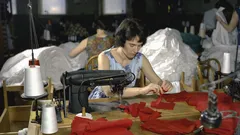
Imagine transforming ordinary material scraps into something attractive and useful. In a world where waste can quickly pile up, isn’t it inspiring to discover the hidden value in old materials? That’s exactly what a bold step in the local fashion scene is promising. By giving new life to textile waste, there’s an innovative solution to the problem of waste and the ongoing need for sustainable fashion. The ripple effects go far beyond the runway—they impact Filipino communities, the environment, and our future. Whether you’re into style or sustainability, or just love a good story about Filipino creativity, you’ll want to know how fabric scraps have found new uses as yarn.
Transforming Waste: The Start of a Filipino Upcycling Journey
Every day, the local industry produces more than 30,000 kilos of textile waste. That’s enough to fill hundreds of jeepneys! Before, these clothing remnants would end up in dumps, polluting and clogging the country's landfills. But an exciting project, led by a renowned Filipino clothing company in collaboration with the Department of Science and Technology—Philippine Textile Research Institute (DOST-PTRI), is changing things. Their goal? Collect the fabric scraps that would otherwise be thrown away, and use advanced techniques to turn those remnants into yarn that can be used for clothes, accessories, and more. This is a perfect example of sustainable fashion taking root right here at home.
The Process: From Fabric Scraps to Spinnable Yarn
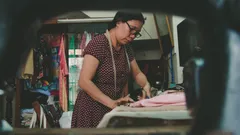
The journey starts at manufacturing hubs where clothes are cut and sewn, like in Taytay, Rizal—famous for making ready-to-wear clothes. There, tons of scraps are set aside. A team of experts collects and sorts the scraps by color and type to get them ready for the next stage. Using equipment supported by DOST-PTRI, the scraps are cleaned, shredded, mixed, and spun in a straightforward process until they become flexible recycled yarn. The yarn made locally is then woven or knitted into new fabric, giving what was once waste a renewed and more appealing life.
According to DOST-PTRI, over 60 percent of the textile waste produced during garment making can be recycled—opening up new job opportunities and saving hundreds of tons of landfill space each year.
The Benefits: Jobs, Environment, and Affordable Fashion
What started as a green idea has grown into a real driver of positive change. For every ton of fabric scraps recycled, not only are greenhouse gas emissions reduced, but jobs are created for locals as well. Skilled workers are needed for sorting, processing the materials, and even making products out of recycled materials. Plus, by using locally produced yarn, Filipino brands can offer unique and affordable goods to Filipino consumers who care about both style and the environment. This sustainable approach also boosts the Philippine textile industry by keeping money and value right in the community.
Inspiring Filipinos: A Model for Sustainable Living
This upcycling initiative is a good reminder that sustainability isn’t always about major sacrifices—it’s about making the most out of what we already have. When Filipino workers and designers turn what others see as trash into valuable products, they set an example for a new wave of sustainable lifestyles. With DOST-PTRI supporting research and funding, the hope is that more communities and brands across Luzon, Visayas, and Mindanao will adopt these practices, cutting down on waste and raising the value of what’s made locally.
Textile Upcycling: The Big Picture and What Lies Ahead
On a bigger scale, upcycling textiles offers a model for other industries facing waste problems. As these efforts grow, there’s more excitement around new packaging made from natural Filipino fibers, collaborations with local artisans, and other creative solutions. This movement pushes values like sustainable development, resourcefulness, and community empowerment. For both business owners and shoppers, picking items made from recycled yarn strengthens local identity and environmental sustainability.
If you’re curious how a simple change can make a big difference, check out how upcycled textiles are providing eco-friendly options, new jobs, and opportunities to showcase Filipino identity in fashion. The concepts of Filipino fashion, fabric upcycling, and DOST-PTRI have never been more timely. For those asking what textile upcycling in the Philippines means—the answer is proudly woven into every repurposed thread, and this is just the beginning!
Personally, I’m amazed by how innovative yet practical solutions are changing the fashion industry. The collaboration between big brands, the government, and local communities shows that real progress happens when we work together as one. These upcycled materials don’t just tell stories of sustainability—they highlight our bayanihan spirit in everyday things, connecting style and responsibility in a uniquely Filipino way.
 Meg Magazine
Meg Magazine



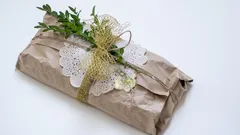
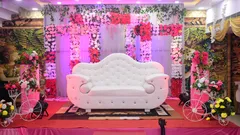
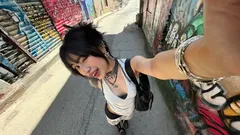
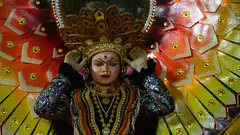
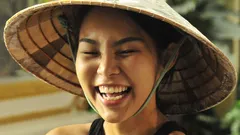

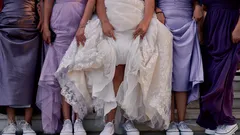
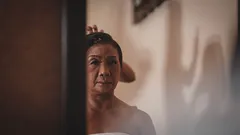
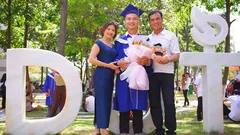
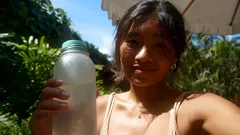
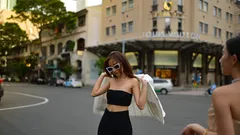

Comments